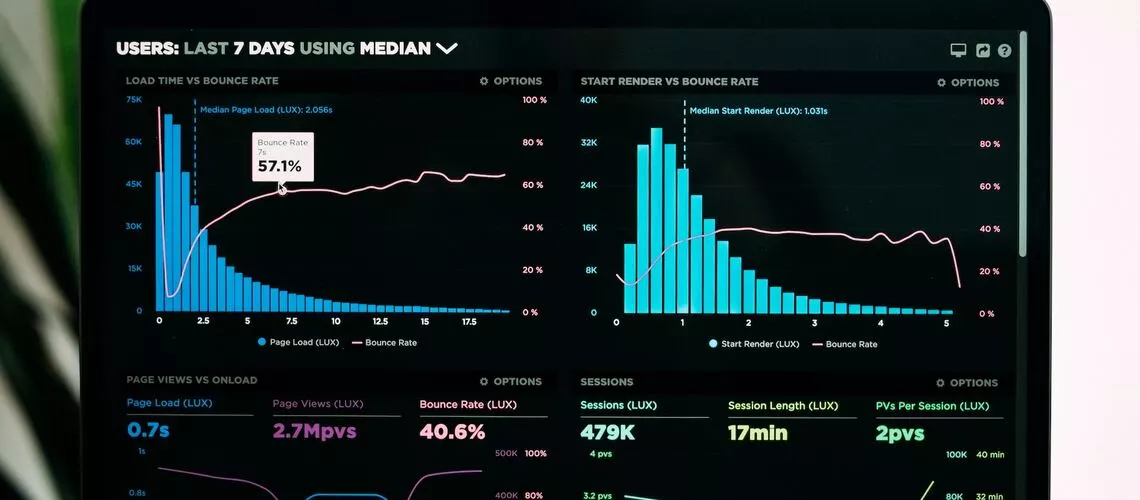Property valuation is an essential process in the real estate industry, as it determines the market value of a property. It helps buyers and sellers make informed decisions and assists financial institutions in assessing property values for mortgage lending. In Australia, there are several commonly used methods for property valuation, including the sales comparison approach, income capitalization approach, and cost approach. In this article, we will provide a detailed overview of these valuation methods and their significance in property appraisal.
Sales Comparison Approach
The sales comparison approach is one of the most widely used methods for valuing properties. It involves comparing the property being appraised with recently sold properties that are similar in terms of location, size, condition, and amenities. By analysing the sales prices of comparable properties, appraisers can estimate the fair market value of the subject property. This approach is particularly effective for residential properties and vacant land.
Income Capitalization Approach
The income capitalization approach is primarily used for appraising income-producing properties, such as commercial buildings or rental properties. This method relies on the property’s potential income stream to determine its value. Appraisers consider factors such as rental rates, occupancy rates, operating expenses, and capitalization rates to estimate the property’s net operating income. The net operating income is then divided by the capitalization rate to arrive at the property’s value. This approach is based on the assumption that the value of an income-producing property is directly related to the income it generates.
Cost Approach
The cost approach is another commonly used method for property valuation, especially for unique or specialised properties. This approach focuses on estimating the cost to replace the property with a similar one, taking into account factors such as land value, construction costs, and depreciation. Appraisers consider the current value of the land and estimate the cost of constructing a similar property, factoring in depreciation due to age, wear and tear, and functional obsolescence. The final value is calculated by subtracting the estimated depreciation from the total cost of replacement. The cost approach is often used as a benchmark in conjunction with other valuation methods.
Significance of Property Valuation Methods
Understanding the different property valuation methods is crucial for both buyers and sellers. It helps sellers set a realistic selling price based on market trends and comparable sales, ensuring a fair transaction. For buyers, valuation methods provide valuable insights into the property’s worth, helping them make informed purchase decisions and negotiate prices effectively.
Moreover, property valuation methods are essential for financial institutions when deciding the loan amounts for mortgage lending. Lenders need accurate property appraisals to determine the loan-to-value ratio, which affects the loan approval process and interest rates offered to borrowers.
Property valuation methods play a vital role in determining the value of real estate in Australia. The sales comparison approach, income capitalization approach, and cost approach are the three commonly used methods in property appraisal. Each method has its own strengths and weaknesses, and their applicability may vary depending on the type of property being valued. By understanding these valuation methods, buyers, sellers, and financial institutions can make informed decisions and ensure fair transactions in the real estate market.



